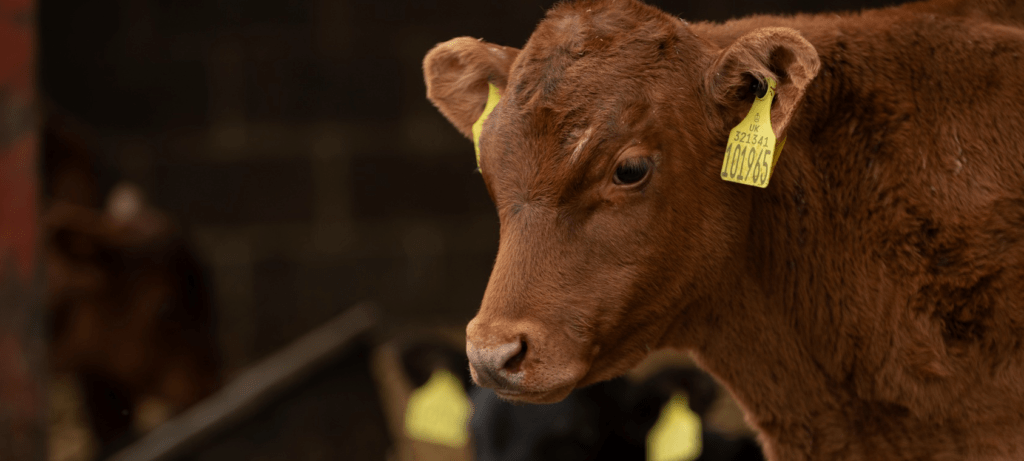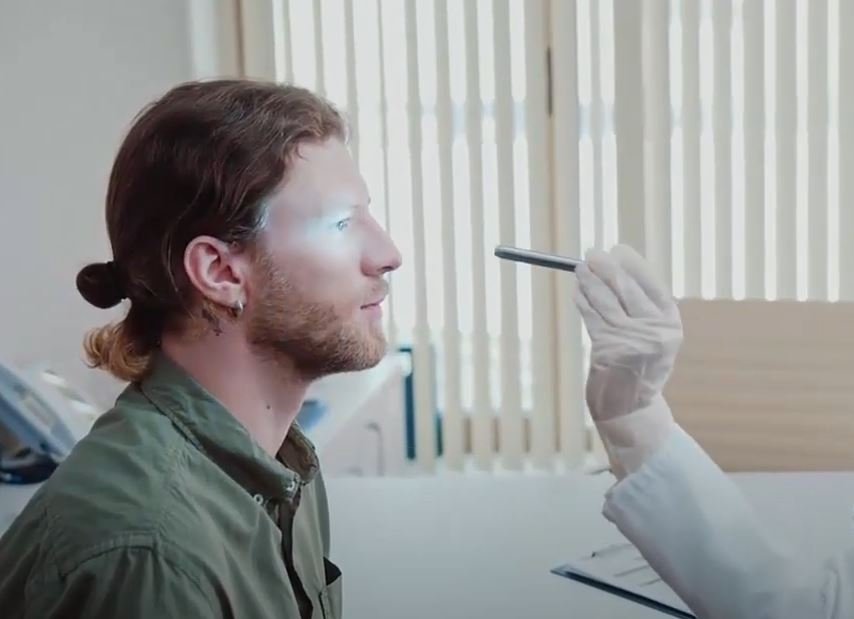Human variant Creutzfeldt-Jakob disease (vCJD), also known as mad cow disease, is a deadly neurological disorder that develops after eating beef tainted with prions, which are infectious proteins that cause severe brain damage. Prions are incredibly persistent in tainted meat products because they resist common sterilization techniques, unlike bacterial or viral infections. When a BSE outbreak in cattle in the 1990s raised widespread concerns about food safety, the disease attracted international attention. Even though cases have drastically decreased as a result of regulatory actions, vCJD is still a disturbing reminder that foodborne illnesses can manifest years after exposure.
A Silent Onset with Devastating Consequences
It is especially challenging to diagnose vCJD because its early symptoms frequently resemble those of psychiatric disorders. Prior to the development of more obvious neurological symptoms, patients may experience unexplained anxiety, mood swings, or depression. Involuntary muscle jerks, loss of coordination, and movement disorders worsen as the disease worsens. As the illness progresses quickly, it causes severe cognitive decline, speech loss, and eventually death.
Variant Creutzfeldt-Jakob Disease – Key Facts & Symptoms
| Attribute | Details |
|---|---|
| Disease Name | Variant Creutzfeldt-Jakob Disease (vCJD) |
| Related to | Bovine Spongiform Encephalopathy (Mad Cow Disease) |
| Cause | Consumption of prion-contaminated beef |
| Symptoms | Dementia, involuntary movements, muscle rigidity, loss of coordination |
| Common Age of Onset | Late teens to early 40s |
| Transmission | Contaminated beef, rare cases through blood transfusions |
| Diagnosis | MRI scans, cerebrospinal fluid analysis, brain biopsy (post-mortem confirmation) |
| Treatment Options | No cure; supportive care to manage symptoms |
| Long-Term Impact | Rapid neurodegeneration, loss of mobility, death |
| Reference | CDC – Variant Creutzfeldt-Jakob Disease |
Why Prions Are Unlike Any Other Infectious Agent
One important distinction between prions and bacteria, viruses, and fungi is that the former lack genetic material. They are actually misfolded proteins that multiply by changing healthy proteins into aberrant ones. Massive brain damage results from this cascade of events, creating holes in the neural tissue that resemble sponges. As a result, mental and physical abilities rapidly deteriorate, and there is currently no known treatment to slow or stop this progression.
Tracing the Origins: The Mad Cow Epidemic
The food industry experienced a crisis in the late 1980s and early 1990s as a result of the bovine spongiform encephalopathy (BSE) outbreak in cattle. Inadvertently, farmers had been introducing prions into livestock populations by feeding cattle protein supplements derived from the remains of other cows. Before the connection between BSE and vCJD was completely established, the disease rapidly spread, with thousands of infected cattle making their way into the human food chain. Strict laws governing animal feed, slaughter procedures, and surveillance systems were put in place by governments all over the world in an effort to contain the crisis.
How Governments Took Action to Protect Consumers
Regulatory organizations implemented strict measures to stop future outbreaks after the mad cow epidemic. The risk of prions contaminating the food supply was greatly decreased by banning high-risk cattle parts, such as the brain, spinal cord, and specific nerve tissues. Furthermore, enhanced cattle testing and traceability protocols made sure that contaminated animals were found before they were consumed.
These policies’ efficacy was strikingly obvious. Over the previous 20 years, there has been a significant decrease in vCJD cases, indicating the effectiveness of regulatory action in averting foodborne illnesses. Experts are still keeping an eye on possible hazards, though, because prions can linger in the environment for years, which raises worries about possible contamination in the future.
Could vCJD Still Pose a Threat?
Although there has been a noticeable decline in the number of confirmed cases of vCJD, worries about undetected infections still exist. The illness has an exceptionally long incubation period; symptoms may not appear for decades. This implies that people who were exposed to beef tainted with prion in the 1990s might still be in danger. Furthermore, a small number of vCJD cases have been linked to blood transfusions, which has prompted precautionary screening practices in some nations.
Beyond Beef: Other Prion Diseases That Affect Humans
There are other prion-related diseases that can affect people besides mad cow disease. The symptoms of Creutzfeldt-Jakob disease (CJD), which can develop spontaneously or through genetic inheritance, are remarkably similar, but they do not occur when contaminated beef is consumed. The ability of prions to spread between humans is further demonstrated by the kuru disease, which is now extinct among the Fore people of Papua New Guinea and was spread through ritualistic cannibalism. Another prion disease that causes sleep cycle disruption and rapid mental decline is fatal familial insomnia.
The Search for a Cure: Where Science Stands Today
In neurology, prion diseases continue to be one of the most perplexing problems. Drugs that target protein misfolding and monoclonal antibodies are among the experimental treatments being investigated by researchers. Despite showing promise in lab settings, these treatments have not yet been successfully applied to humans. In an effort to identify potential preventative avenues, researchers are also looking into genetic factors that might make some people more resistant to prion diseases.
Although there is currently no cure, prion research is progressing. Early detection is becoming more feasible thanks to advancements in diagnostic methods like advanced imaging and markers found in cerebrospinal fluid. Researchers intend to take action before serious brain damage happens by spotting cases before symptoms appear.
Why Public Awareness Still Matters
The lessons learned from the mad cow disease crisis are still applicable even though it may seem like a faraway memory. To stop prion diseases from reoccurring, food safety precautions must be continuously strengthened. Campaigns to raise public awareness are essential for informing consumers about the significance of meat sourcing, laws, and current research.
Even though prion diseases are uncommon, scientists are still interested in them because of their terrible effects. Finding efficient treatments is getting closer the more we comprehend these misfolded proteins. In the interim, the focus is still on prevention, strict adherence to food safety regulations, and ongoing medical research.







